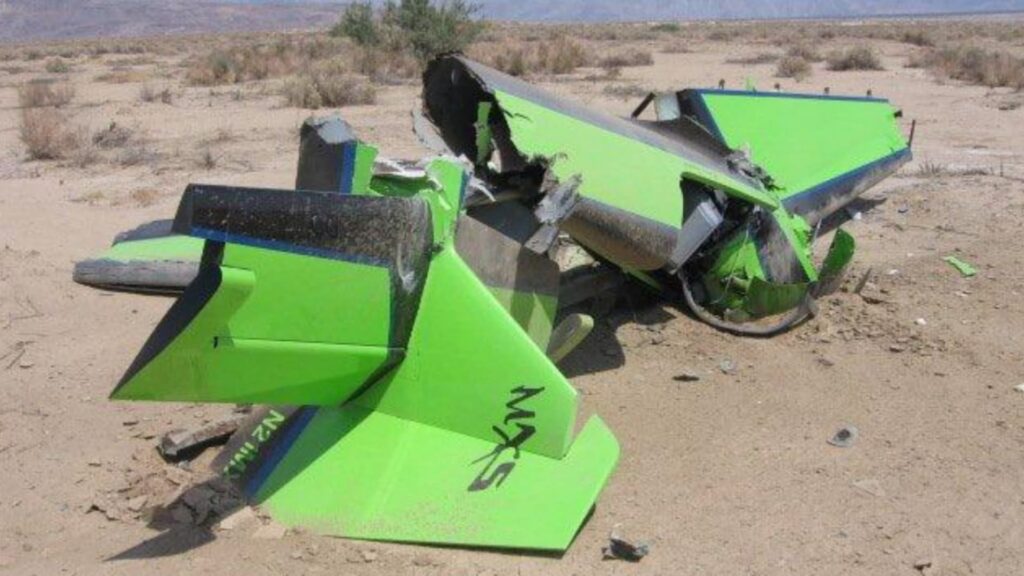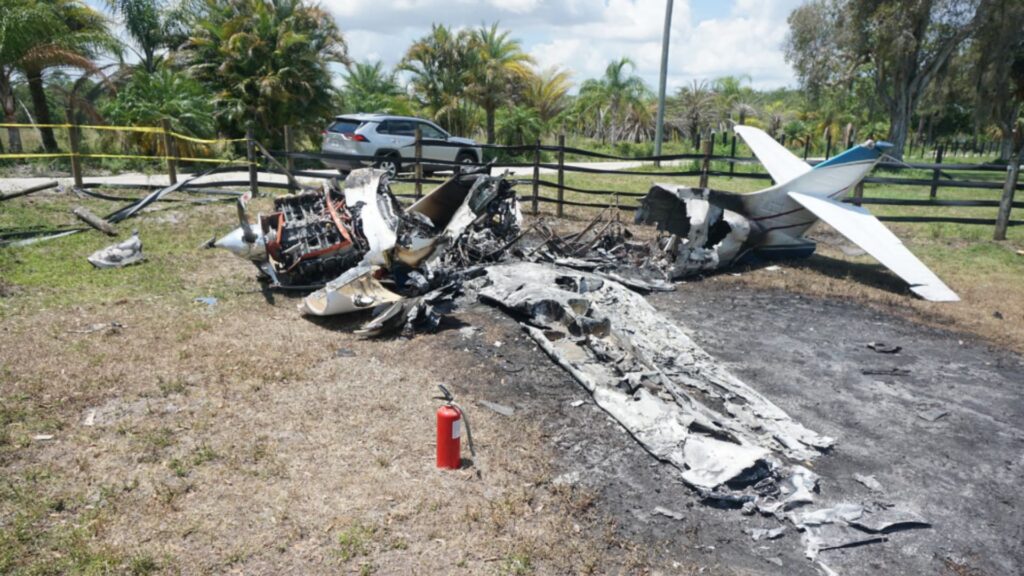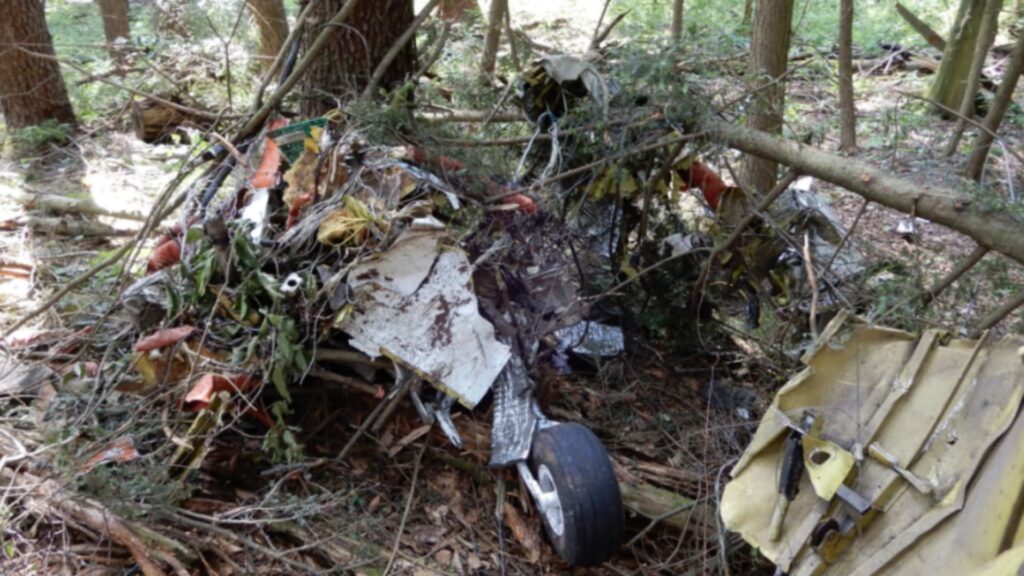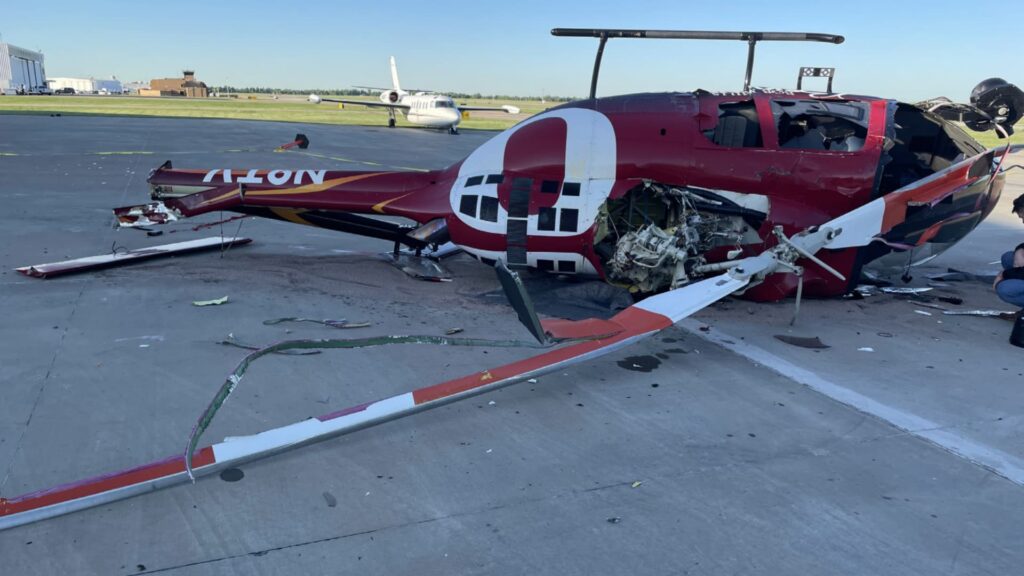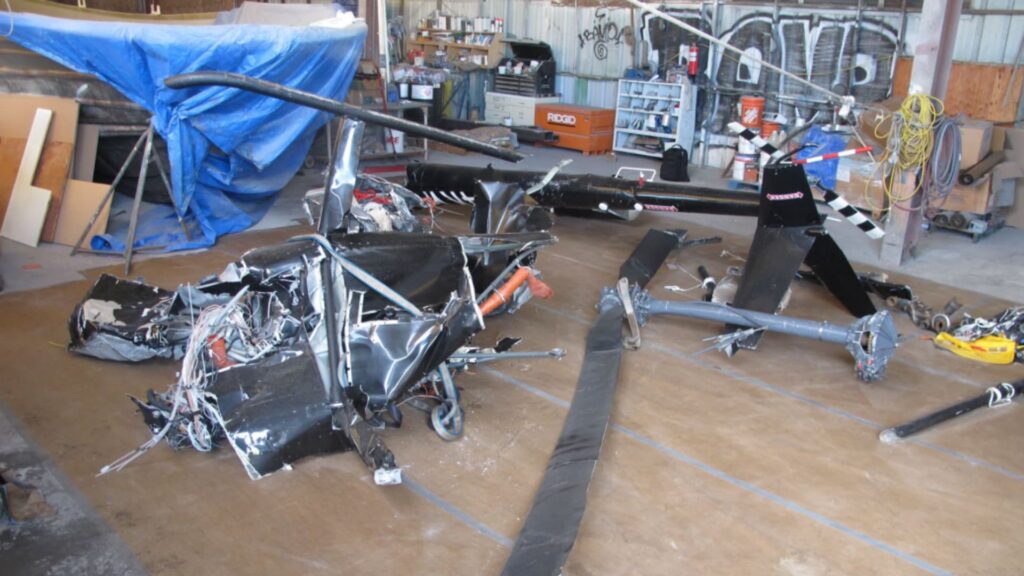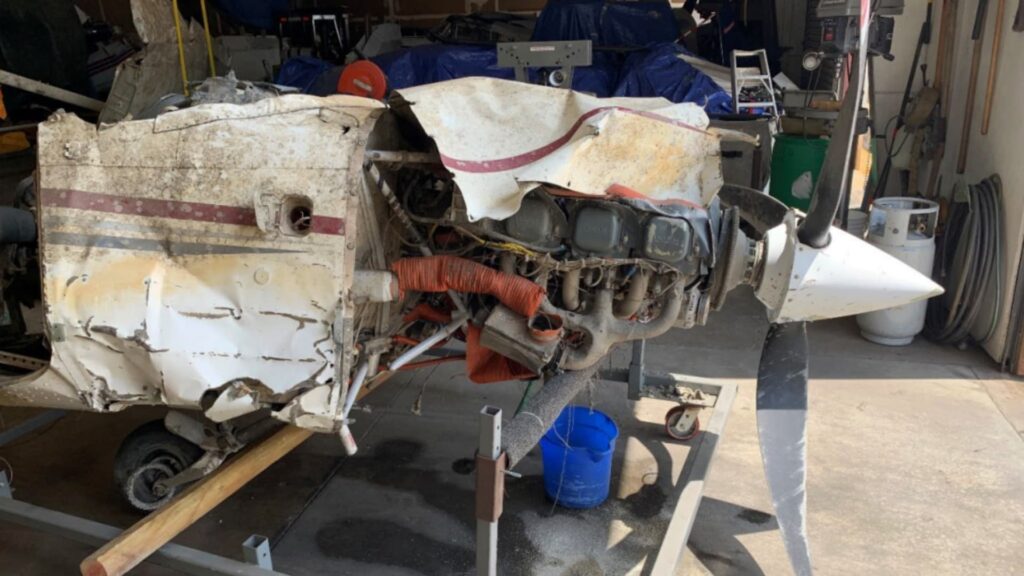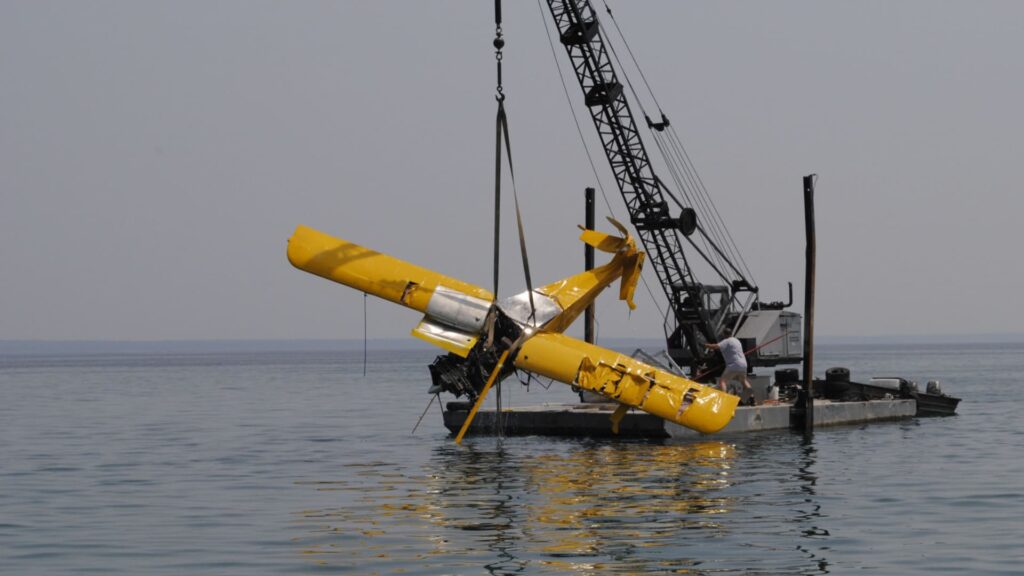A Clear Day for Flying
It was a bright September afternoon in the desert skies over Borrego Springs, California. A sleek, single-seat aerobatic airplane, tail number N21MX, had just taken off from Borrego Valley Airport. The aircraft—a unique amateur-built version of the MXS—was a head-turner, designed for high performance and jaw-dropping aerobatic stunts.
At the controls was a 58-year-old commercial pilot with an impressive résumé: over 4,500 hours of flight experience and ratings for single-engine land and instrument flying. Though he had only logged one hour in this specific make and model, he was no stranger to aerobatics and had been invited to “try out” the airplane by its owner-builder. The plan was simple: take it up, run some maneuvers, and see how it handled. But within minutes, the flight would turn from an aerobatic display into a fatal tragedy.
An Aerobatic Routine Turns Deadly
Just ten minutes after takeoff, the airplane began a series of maneuvers—loops, rolls, climbs—the kinds of gravity-defying acts that thrill crowds at airshows. Onboard, a GoPro Hero2 camera captured it all from the left side of the aircraft, including a small yarn-tufted sight gauge dancing in the wind.
Then, at 12:35 PM, something went terribly wrong.
As the aircraft pulled up from level flight, it suddenly rolled aggressively to the left, the left aileron deflecting sharply. Seconds later, it rolled violently to the right. The camera recorded every jolt, every twitch. The pilot could be seen glancing around the cockpit, seemingly aware that something was amiss.
By 12:35:44, the situation had spiraled beyond recovery. The canopy cracked open and was ripped from the fuselage. The pilot ejected—his parachute trailing helplessly behind. But the altitude was too low. The chute didn’t have time to deploy fully before he struck the ground. The experienced aviator, a man who had spent thousands of hours in the air, was killed instantly.
A Kit-Built Anomaly
The wreckage was strewn across the sandy terrain about 200 yards north of the runway. Investigators arrived to piece together what went wrong with an airplane that was, on the surface, performing as expected just moments before the crash.
N21MX was unlike the other 13 MXS aircraft in existence. While the rest had been built by professionals at MX Aircraft or MXR Technologies, this one had been assembled from a kit by a private individual. It had passed inspection and been certified as airworthy in March 2009. But even before it took to the skies, there were red flags.
Three months prior to certification, MX Aircraft had sent a warning email to the builder and a third-party company assisting with the assembly, raising concerns about the torque tube assembly—a critical component in controlling the airplane’s ailerons and elevator. The reply downplayed the risks, saying it was “highly unlikely” the part would fail.
Catastrophic Failure in the Controls
Post-accident investigations revealed that the aircraft’s flight control system suffered a catastrophic failure mid-flight. Specifically, the forward flight control torque tube assembly detached from its bearing due to a flawed construction of the forward bulkhead—a structural element that in other MXS aircraft was made from reinforced composite materials. In this plane, however, it was fashioned from thin aluminum sheet, which flexed under load.
Additionally, the bearings themselves had been installed in reverse, further compromising the integrity of the control system. When the pilot attempted those high-stress aerobatic maneuvers, the flexing bulkhead allowed the torque tube to disengage. The result: immediate loss of aileron and elevator control.
In that moment, the airplane was no longer flyable.
A Missed Warning, A Lost Life
The pilot did what he could. He tried to regain control, and when that failed, he attempted to bail out. But in aerobatics, altitude is a precious commodity, and there simply wasn’t enough of it to survive a late ejection. The parachute needed more time, more airspace. It never had a chance.
Toxicology reports found no impairing substances. The engine showed no signs of mechanical failure. The airframe, apart from the flawed bulkhead, was intact. This wasn’t a case of pilot error, nor was it a freak meteorological event. This was a failure of design and oversight—an experimental aircraft built in a way that deviated from proven designs, despite explicit warnings.
Aftermath and Safety Actions
In the wake of the accident, MX Aircraft notified all operators of MXS airplanes to inspect their torque tube assemblies for proper installation. The company also contributed to a published guide in 2013 outlining correct inspection techniques.
But for one pilot and his loved ones, the call came too late.
This case serves as a sobering reminder that in aviation—especially in the experimental world—details matter. Deviations from established designs, even those that seem minor, can have life-threatening consequences. Building or flying experimental aircraft demands not only passion and skill but also a deep respect for the engineering decisions that underpin every control input and structural joint.
Final Thoughts
This accident wasn’t caused by weather, poor judgment, or inexperience. It was a design failure—a single point of construction that unraveled the aircraft mid-flight. It’s a tragic chapter in the history of homebuilt aviation, but also a powerful lesson in the importance of following manufacturer guidance and thoroughly vetting modifications.
As pilots and builders, may we never forget the cost of overlooking those “unlikely” failures.

